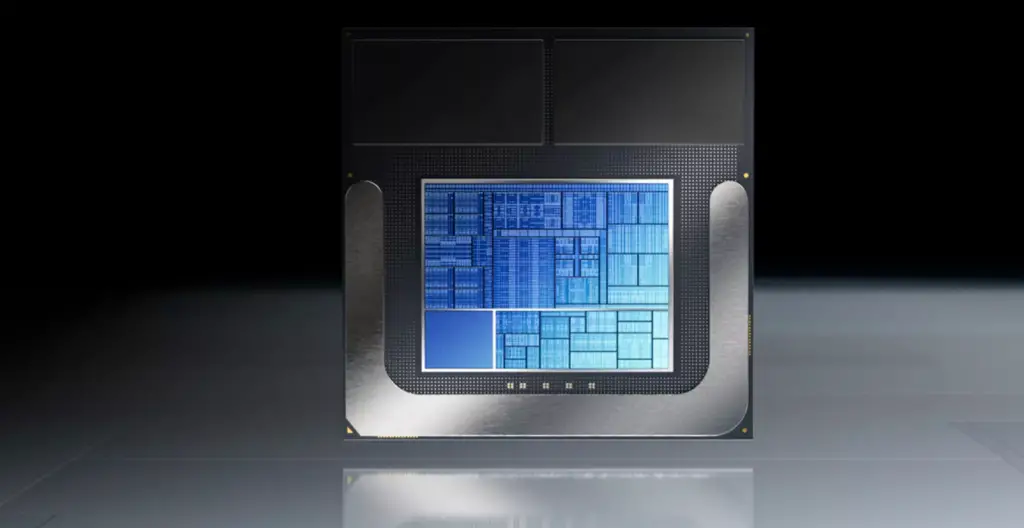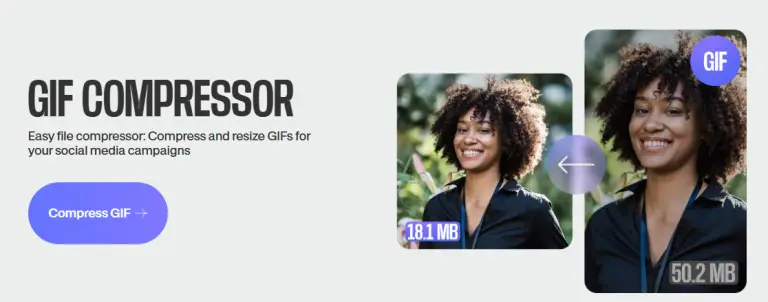
Microsoft is currently collaborating with chipmakers such as Intel and AMD, along with OEM manufacturers including Lenovo, ASUS, Dell, and HP, to launch a new wave of AI-enabled laptops. These devices are equipped with NPUs—Neural Processing Units—designed to perform AI computations locally.
In a bid to capitalize on this burgeoning trend, Intel has introduced a range of processors featuring integrated NPUs, even going so far as to incorporate memory directly within the chip package. However, Intel has since acknowledged that this approach—embedding memory alongside the CPU—is ill-suited for Windows PCs and clarified that this experiment will not continue in future designs.
Intel appears to have tacitly admitted what many have long suspected: there is little real consumer demand for AI-powered PCs.
Another notable point is that, at least for now, consumer interest in AI-centric processors remains tepid. Michelle Johnston Holthaus, Executive Vice President and General Manager of Intel’s Client Computing Group, remarked:
“What we’re really seeing is much greater demand from our customers for n-1 and n-2 products so that they can continue to deliver system price points that consumers are really demanding. As we’ve all talked about, the macroeconomic concerns and tariffs have everybody kind of hedging their bets and what they need to have from an inventory perspective. And Raptor Lake is a great part. Meteor Lake and Lunar Lake are great as well, but come with a much higher cost structure, not only for us, but at the system ASP price points for our OEMs as well”
Here, “n-1” and “n-2” refer to processors from previous generations, particularly the 13th-generation “Raptor Lake” chips, which have witnessed increasing demand among both consumers and data center clients.
There are two primary reasons behind the sustained demand for older processors: slightly lower pricing compared to the latest models, and the fact that these processors are traditional CPUs, devoid of integrated NPU units. Another likely factor is that Intel’s AI processors, with their integrated memory design, limit users’ ability to upgrade or configure memory freely.
Meanwhile, the sales figures for laptops equipped with AI processors—whether powered by Intel, AMD, or Qualcomm—have been underwhelming. Despite their solid performance, their prohibitively high prices impose an unreasonable financial burden on consumers.
Holthaus further noted that while Intel’s Meteor Lake and Lunar Lake AI processors are impressive, their cost structures are significantly higher. This financial burden impacts not only Intel but also OEM partners, which is likely one of the primary reasons behind the inflated retail prices of AI laptops.
When it comes to desktop processors, Intel finds itself in an even more precarious position. The upcoming Arrow Lake series (200S), despite boasting superior energy efficiency, reportedly underperforms compared to the 13th and 14th-generation chips. This has led many professional users and gamers to hesitate in adopting the Arrow Lake series.


